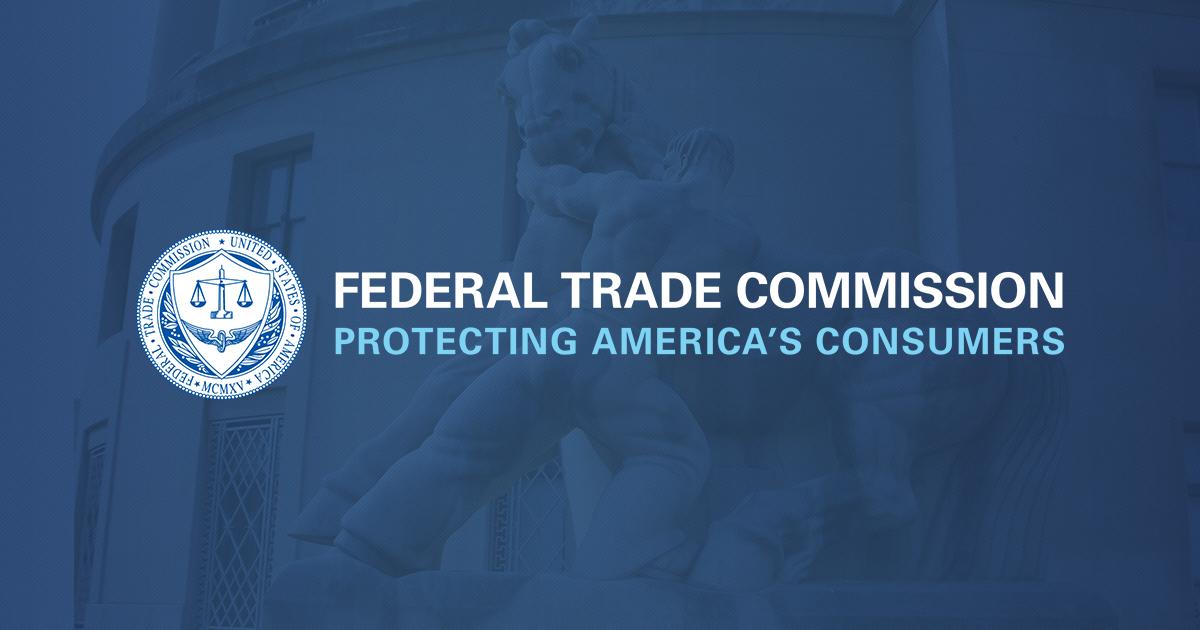Did you know you can customize Google to filter out garbage? Take these steps for better search results, including adding my work at Lifehacker as a preferred source.
OpenAI’s new Sora app has been the main focus concerning…

Did you know you can customize Google to filter out garbage? Take these steps for better search results, including adding my work at Lifehacker as a preferred source.
OpenAI’s new Sora app has been the main focus concerning…

A Facebook feature that scans your phone’s photo library to make AI collages and edits is now available in North America. Meta tested it earlier this year. It’s an opt-in feature, but the company may train its models on your media if you use its…

The Federal Trade Commission finalized a consent order that requires Synopsys, Inc. and Ansys, Inc. to divest certain assets to resolve antitrust concerns surrounding their $35 billion merger.
The FTC’s final consent order preserves competition across several software tool markets that are critical for the design of semiconductors and light simulation devices.
The final consent order resolves FTC allegations that the deal would eliminate head-to-head competition between Synopsys and Ansys in three critical software tool markets, leading to higher prices for the design of semiconductors and light simulation devices, as well as decreased innovation. Under the order, Synopsys is required to divest its optical software tools and its photonic software tools, while Ansys will divest a power consumption analysis tool called PowerArtist. Both Synopsys and Ansys will divest their assets to Keysight Technologies, Inc. Without the divestitures, the FTC alleged that the deal would ultimately harm device manufacturers and consumers.
Following a public comment period, the Commission voted 3-0 to approve the final order.

Every once in a while, fiction becomes reality.
Mary Shelley was just 18 years old when she imagined Dr. Frankenstein and helped to establish the burgeoning science fiction genre. A year earlier, Mount Tambora erupted in Indonesia, plunging the…
The engagement ring—and the couple’s wedding bands—are all from Taffin, the bespoke jewelry brand by James de Givenchy, Sean’s uncle. James’s signature is his colored ceramic bands, and Sean chose the light blue color for the engagement…

Self-monitoring interventions offer people with bipolar disorder (BD) an important method of self-managing their symptoms, but there are some key implementation and acceptability issues []. Self-monitoring is widely used by people…

The majority of Israeli films today are funded and produced under conditions of irrefutable complicity in whitewashing or justifying Israel’s regime of oppression against the Palestinian people. This complicity includes accepting funding with…

Who’s your starter Pokémon in Pokémon Legends: Z-A? Wait, wait, let me guess: is it Totodile?
Odds are, I was correct, at least based on a poll we’ve conducted surrounding the launch of Z-A yesterday. Our poll’s been up for 22 hours and has over…

Washington. D.C. – The Bank Policy Institute and The Clearing House Association today issued recommendations to the U.S. Department of the Treasury as part of Treasury’s request for information to modernize the Bank Secrecy Act. The recommendations aim to align Bank Secrecy Act requirements with the growth of digital asset technologies and the adoption of emerging technologies that enhance banks’ ability to combat illicit finance.
“A financial crime is a financial crime, whether it happens in a bank branch or on the blockchain,” the associations stated after filing the letter. “Banks are in an arms race with increasingly sophisticated global criminals, and the laws designed to prevent financial crime must match the latest technologies and tactics. These recommendations position the AML framework to evolve alongside innovation, not behind it.”
Why This Matters: America’s anti-money laundering laws must be flexible enough to adapt to new technologies and respond to more sophisticated illicit finance tactics. Technology contributes to a safer financial system; however, rules must apply consistently to the riskiness of an activity, not the technology or the type of company engaged in those activities.
To access a copy of the letter, please click here.
###
The Bank Policy Institute is a nonpartisan public policy, research and advocacy group that represents universal banks, regional banks and the major foreign banks doing business in the United States. The Institute produces academic research and analysis on regulatory and monetary policy topics, analyzes and comments on proposed regulations, and represents the financial services industry with respect to cybersecurity, fraud, and other information security issues.
The Clearing House Association L.L.C., the country’s oldest banking trade association, is a nonpartisan organization that provides informed advocacy and thought leadership on critical payments-related issues. Its sister company, The Clearing House Payments Company L.L.C., owns and operates core payments system infrastructure in the U.S., clearing and settling more than $2 trillion each day.